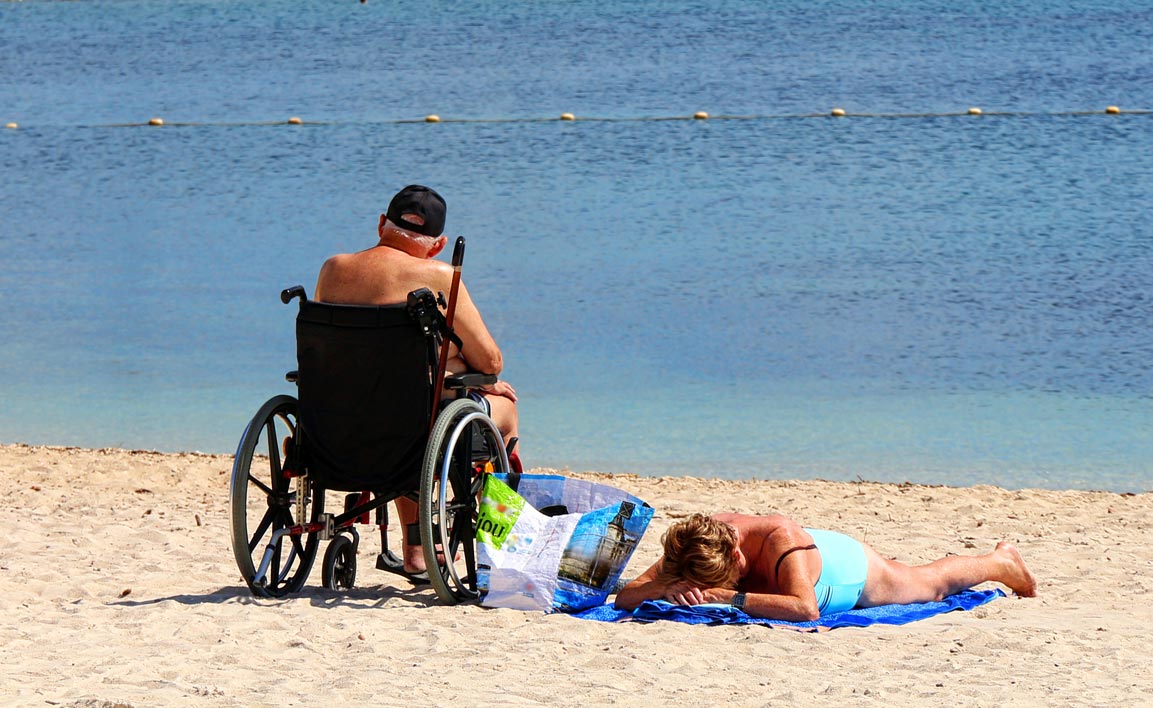Advertisment
Heatwaves hit harder for people with disabilities

Emergency department admissions and medical costs for people with disabilities are three times those of the non-disabled population, according to a new study by Pusan National University in South Korea.
A global spike in temperatures has increased the likelihood of frequent and intense heatwaves. Previous research on the impact of these changes has revealed that extreme heat disproportionately affects vulnerable groups such as children, the elderly, individuals with chronic health conditions, and those in the low-income group. Despite these observations, however, there are limited studies on the impact of high temperatures on the health of people with disabilities.
To better understand the impact of extreme heat on public health, especially on vulnerable population like people with disabilities, the researchers examined the association between heat and patient admissions in the emergency department. Their study, published in the journal The Lancet Planetary Health, reveals disparities in admissions and medical expenses for individuals with disabilities and those without disabilities.
The researchers examined the health records of 59,527 beneficiaries with disabilities and 1,060,797 beneficiaries without disabilities from the Korean National Health Insurance Service–National Sample Cohort database. They examined the link between short-term exposure to hot temperatures and admissions to the emergency department (ED) in hospitals during warm seasons (June to September) between January 1, 2002, to December 31, 2019.
The study covered four types of disabilities — physical, brain lesion disorders, vision, and hearing impairments — and examined hospitalisations for cardiovascular, genitourinary, mental, and respiratory diseases.
The findings revealed that exposure to heat increased the risk of hospitalisations among individuals with disabilities, especially due to the occurrence of mental and respiratory diseases. In addition, individuals with brain lesion disorders and severe physical disabilities, females, and those older than 65 years were more vulnerable to the effects of heat exposure.
Overall, these results suggest that people with disabilities faced a 1.07 times higher risk, with a four-fold increase in ED admissions and seven times higher medical costs, compared to those without disabilities.
The number of people with disabilities is expected to rise with increases in population ageing and non-communicable diseases. In this context, the findings of this study highlight the need for well-informed public health policies to support and address the specific needs of this group, the scientists said.
‘There are still a limited number of guidelines against climate change in the context of people with disabilities,’ Dr Whanhee Lee, Pusan National University. ‘Our study sheds light on the importance of considering population with disabilities while developing guidelines against climate change.





